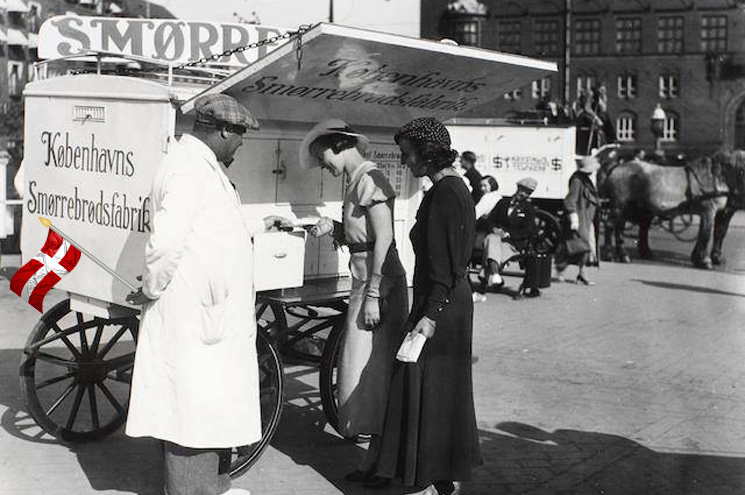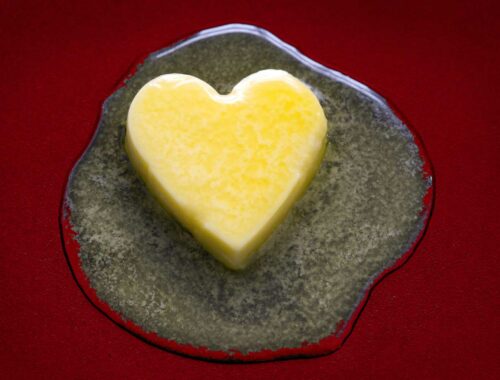Noma, the fancy Copenhagen restaurant, has again been named one the world’s best by the international culinary elite.
Given the general quality of Danish cuisine, this is a little bit like a dwarf winning the Olympic high jump. The truth is, everyday Danish food is inexpensive, filling, and occasionally tasty, but it is anything but fancy.
Like Noma – which proudly serves dishes like ‘shrimp and goose foot’ and ‘beef tartar and ants’ – traditional Danish cuisine relies heavily on local ingredients. Before World War II, Denmark was one of the poorest countries in Europe, and there were usually only local ingredients to be had.
This means fish, potatoes, onions, beets and pork are the bedrock of most Danish dishes. And then there is rugbrød, the traditional Danish dark rye bread.
Rugbrød is a big deal in Denmark. It is not just a bread: it is a moral imperative. Packed with healthy fiber, vitamins and minerals, and almost no sugar or fat, it is considered a form of perfect food.
Many Danes imagine that the world would be a better place if they could secretly go around handing out slices of rugbrød to those in need.
Rugbrød is the approved bread for Danish lunches, and in conservative eyes, nothing else will do.
I made the mistake of sending my daughter to nursery school once with a Mexican tortilla in her lunch; when I returned to pick her up, I got a lecture from the day care provider about having provided her with ‘a pancake, instead of a good meal.’
The same provider got upset when I sent her a sandwich (on rugbrød) topped with peanut butter. “You put frosting in her lunch!” he complained.
✚ A correct lunch
A correct lunch, in his eyes, would have involved not only rugbrød but some kind of pork or fish, or perhaps fish eggs, another perennial in Danish cuisine. Sometimes you’ll get fish and fish eggs on the same piece of bread – the fish eggs go on top – or torskerøgn, which is fish eggs packed into a loaf, then sliced and put on top of bread. I’ve been told this is very good, but I haven’t had the guts to try to find out.
I guess I’m not an adventurous Danish eater. But Noma aside, Denmark is not really the home of adventurous cuisine.
Nor is it really a restaurant culture: Danes eat at home, in part because any sit-down meal is extremely expensive in Denmark, given its high labor costs. If you see a Danish family dining in a restaurant, it is probably somebody’s birthday.
✚ Don’t get hungry after 9:45 pm
This was a big culture shock for me, arriving from New York City. In Manhattan, people eat out constantly, sometimes three times a day. There are diners, take-out, coffee shops, casual bistros. There are even reports of people converting their apartment kitchens into an extra bedroom because the kitchen was never used.
This is not the case in Copenhagen, where most restaurants open at 5pm and close their kitchens at 10pm sharp. Really sharp – they often won’t take orders after 9:30 pm.
Reservations are usually required, and they take those reservations seriously. I remember walking into an entirely empty restaurant at 6pm and being told every single table was reserved and they would not serve us. I felt a little insulted at the time, but I later learned this was standard practice.
In some restaurants, there is no service at all: you are expected to go up to the bar and order your food, and then go up to the bar again to pick it up. You often won’t know you’re in this type of restaurant until you’ve been sitting at your table for quite some time without seeing a server. This is usually the case in less expensive restaurants, if any restaurant in Denmark can be called inexpensive.
.
.
Buy Kay’s books about Denmark on Amazon, Saxo, Google Books, Apple Books, Barnes & Noble Nook, or via our webshop.
Image mashup copyright Kay Xander Mellish 2025
Read more:





